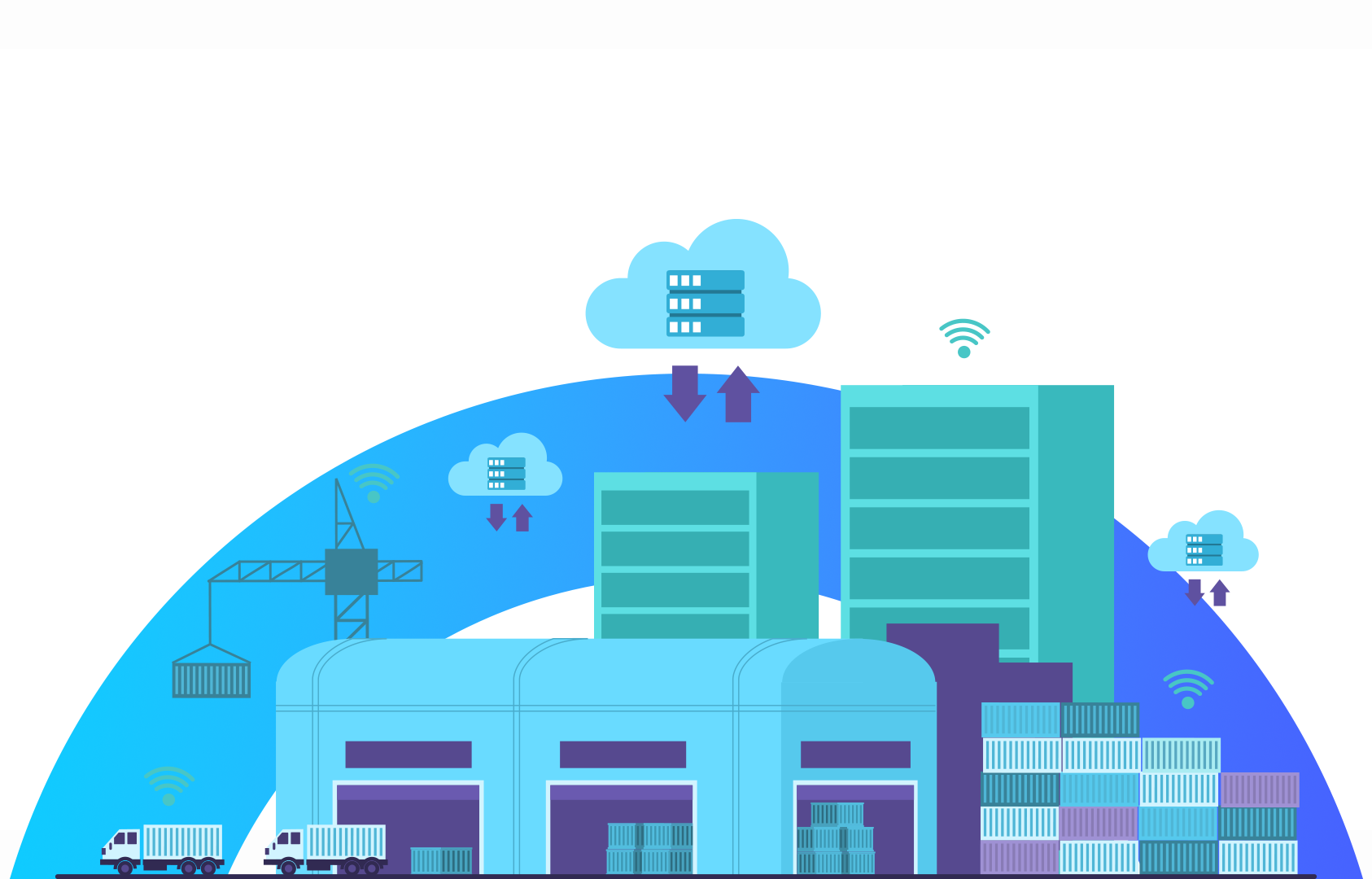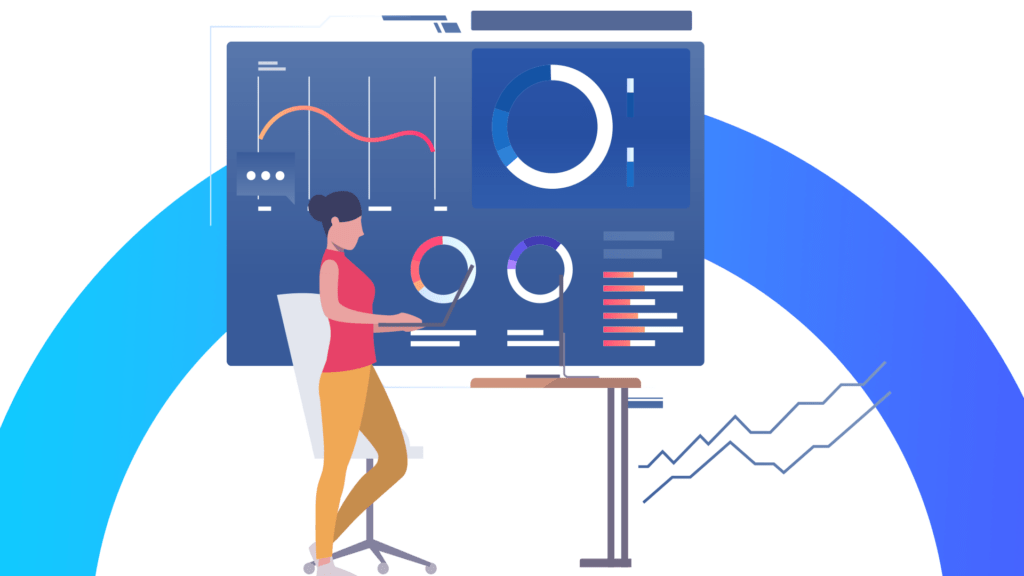While automation in manufacturing has a long history, we’re now witnessing a new era where automation could surpass human capabilities. This means automation and the economy are becoming increasingly interconnected, as robots, AI, and smart devices take on more tasks. Industry 4.0 technologies, including the Internet of Things (IoT), smart factories, AI, and edge computing, are revolutionizing manufacturing. But what exactly is Industry 4.0, and why does it matter?
What is Industry 4.0?
With its origins tracing back to Germany in 2011, Industry 4.0 revolves around technological advancements. The term further gained wider recognition at the 2016 World Economic Forum Annual Meeting.
Now what does the term actually mean? Industry 4.0 refers to the integration of advanced digital technologies into manufacturing and industrial processes. It includes industrial IoT networks, AI, cloud connectivity, Big Data, robotics, and automation. It enables smart manufacturing and the development of intelligent factories. Its goal is to improve productivity, efficiency, and flexibility, while also facilitating smarter decision-making and customization in manufacturing and supply chain.

The history of industrial revolution and Industry 4.0
Now, let’s delve into the brief history behind its evolution. Since the 1800s, we have undergone three industrial revolutions. Dubbed as “revolutions,” these periods of innovation didn’t merely enhance productivity and efficiency—they transformed the methods of production and the nature of work. Currently, we are now in the Fourth Industrial Revolution, commonly referred to as Industry 4.0.
By the early 1800s, the First Industrial Revolution was underway. The invention of the steam engine reduced industrial reliance on animal and human labor, ushering in a new age of manufacturing and precision engineering.
A century later, the Second Industrial Revolution emerged with the widespread use of petroleum and electric power. This period saw the introduction of leaner and more efficient machinery, driven by assembly line and mass production processes that continue to shape manufacturing today.
In the mid-20th century, the Third Industrial Revolution emerged with the advent of computers. This era witnessed the early development of factory automation, robotics, and computerized business systems for data management and analysis.
Today, we are in the witnessing the Fourth Industrial Revolution, where manufacturing is increasingly driven by information and data. With vast amounts of real-time data available from across businesses and around the world, AI plays a central role in Industry 4.0. This revolution is characterized by the seamless integration of various IIoT applications, tools, and innovations rather than a single technology.
The impact of Industry 4.0 technologies
Now that we know what Industry 4.0 is all about, let’s examine its impact on the economy and automation.
Automation is mainly present to replace most human intensive tasks with machine-driven ones. While the Fourth Industrial Revolution, and automation in particular, may lead to significant disruption as manufacturers transition to AI and robotics, it also creates opportunities for new roles to emerge.
According to the World Economic Forum’s “Future of Jobs 2023” report, technologies such as big data, cloud computing, and AI are highly likely to be adopted in the near future. Over 75% of companies are looking to integrate these technologies within the next five years.
Businesses and supply chains currently utilize various advanced technologies, but the true power of Industry 4.0 is realized when these technologies are implemented collectively. Here are some of the technologies driving the Fourth Industrial Revolution:
- Industrial Internet of Things (IIoT): This employs smart sensors, actuators, and devices like RFID tags to improve manufacturing and industrial processes. These interconnected devices facilitate data collection, exchange, and analysis, leading to enhanced efficiency and reliability. IIoT, also referred to as the industrial internet, finds applications across various sectors including manufacturing, energy management, utilities, and oil and gas.
- Big Data and AI analytics: Big Data is gathered from various sources, including assets, equipment, and IoT-enabled devices. Data collection extends beyond the factory floor to encompass other business areas and global sources. These sources range from customer reviews and market trends informing R&D and design, to weather and traffic apps aiding smoother logistics. AI and machine learning-driven analytics process this data in real-time, leveraging insights to enhance decision-making and automation across manufacturing and supply chain management. OmniConnect™ is one such platform that helps integrate factory data and leverage the power of Big Data Analytics for improved decision-making support.
- Cloud computing: Cloud computing serves as the primary catalyst for Industry 4.0 and digital transformation. Modern cloud technology underpins a vast array of advanced technologies, including AI, machine learning, and IIoT integration, empowering businesses to innovate. The data driving Industry 4.0 technologies is stored in the cloud, while the cyber-physical systems central to Industry 4.0 utilize the cloud for real-time communication and coordination.
- Digital twins: A digital twin is a virtual representation of a real-world machine, product, process, or system, created using IoT sensor data. This vital element of Industry 4.0 enables businesses to gain deeper insights into, analyze, and enhance the performance and maintenance of industrial systems and products. For instance, an asset operator can utilize a digital twin to pinpoint a malfunctioning part, forecast potential issues, and enhance operational uptime.
- Edge computing: The demands of real-time production operations mean that some data analysis must be done at the “edge”—that is, where the data is created. This minimizes the latency time from when data is produced to when a response is required. For instance, the detection of a safety or quality issue might require near-real-time action with the equipment. The time needed to send data to the enterprise cloud and then back to the factory floor may be too lengthy and depends on the reliability of the network. Using edge computing also means that data stays near its source, reducing security risks.
Industry 4.0 goes beyond mere technological advancements. In today’s competitive and unpredictable landscape, Industry 4.0 tools and strategies not only enhance efficiency and productivity but also enable businesses to anticipate future challenges and gain a significant competitive edge.
By breaking down silos and integrating teams and operations throughout your manufacturing environment, you pave the way for a more transparent and comprehensive approach to conducting business. This approach can ultimately expand to encompass all aspects of your organization. To find out more about IIoT or how you can leverage Big Data into your factory operations, talk to our experts and start making the most of industry 4.0.




